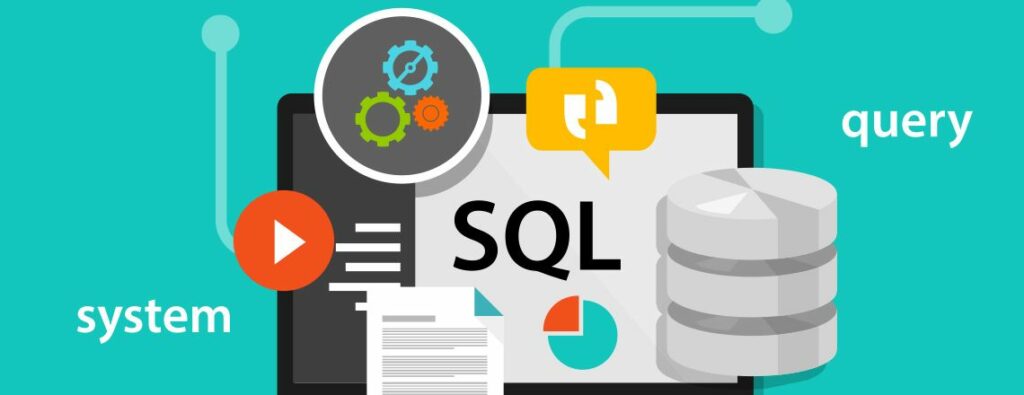
Free eBooks for Beginners
SQL (Structured Query Language) is a language used to communicate with and manipulate databases. It’s a fundamental skill for data analysts and a must-learn for anyone working with data. This article will explain the basic concepts of SQL and introduce the “INSERT” statement, which is used to add new data to a database.
A database is a collection of data stored in an organized way. The data is stored in tables, which are like spreadsheets with rows and columns. The rows represent individual pieces of data, and the columns represent the different attributes of the data. For example, if you had a table of people, each row could represent one person, and the columns could be their name, age, and address.
SQL is used to perform various tasks on a database, such as creating tables, updating data, and retrieving data. The “INSERT” statement is used specifically to add new data to a database. To insert data into a database, you need to specify the table name, the columns you want to insert data into, and the values of the data you’re inserting.
For example, let’s say you have a table called “people” with columns for “name,” “age,” and “address.” To insert a new person into the table, you would write a SQL statement that looks like this:
INSERT INTO people (name, age, address) VALUES ('John Doe', 30, '123 Main Street');In this example, the “INSERT INTO” clause specifies the table name and the columns you want to insert data into. The “VALUES” clause contains the values of the data you’re inserting. Note that the values need to be in the same order as the columns listed in the “INSERT INTO” clause.
It’s important to note that SQL is case-insensitive, so you could write the above statement in all uppercase or all lowercase letters and it would still work.
In conclusion, the “INSERT” statement is a fundamental part of SQL and is used to add new data to a database. Understanding how to use this statement is essential for data analysts and anyone working with data. With a good grasp of SQL basics and the “INSERT” statement, you’ll be able to manipulate and organize your data like a pro.
SQL for Beginners and Data Analyst – Chapter 26: INSERT
 Loading...
Loading...
Disclaimer: The information and code presented within this recipe/tutorial is only for educational and coaching purposes for beginners and developers. Anyone can practice and apply the recipe/tutorial presented here, but the reader is taking full responsibility for his/her actions. The author (content curator) of this recipe (code / program) has made every effort to ensure the accuracy of the information was correct at time of publication. The author (content curator) does not assume and hereby disclaims any liability to any party for any loss, damage, or disruption caused by errors or omissions, whether such errors or omissions result from accident, negligence, or any other cause. The information presented here could also be found in public knowledge domains.